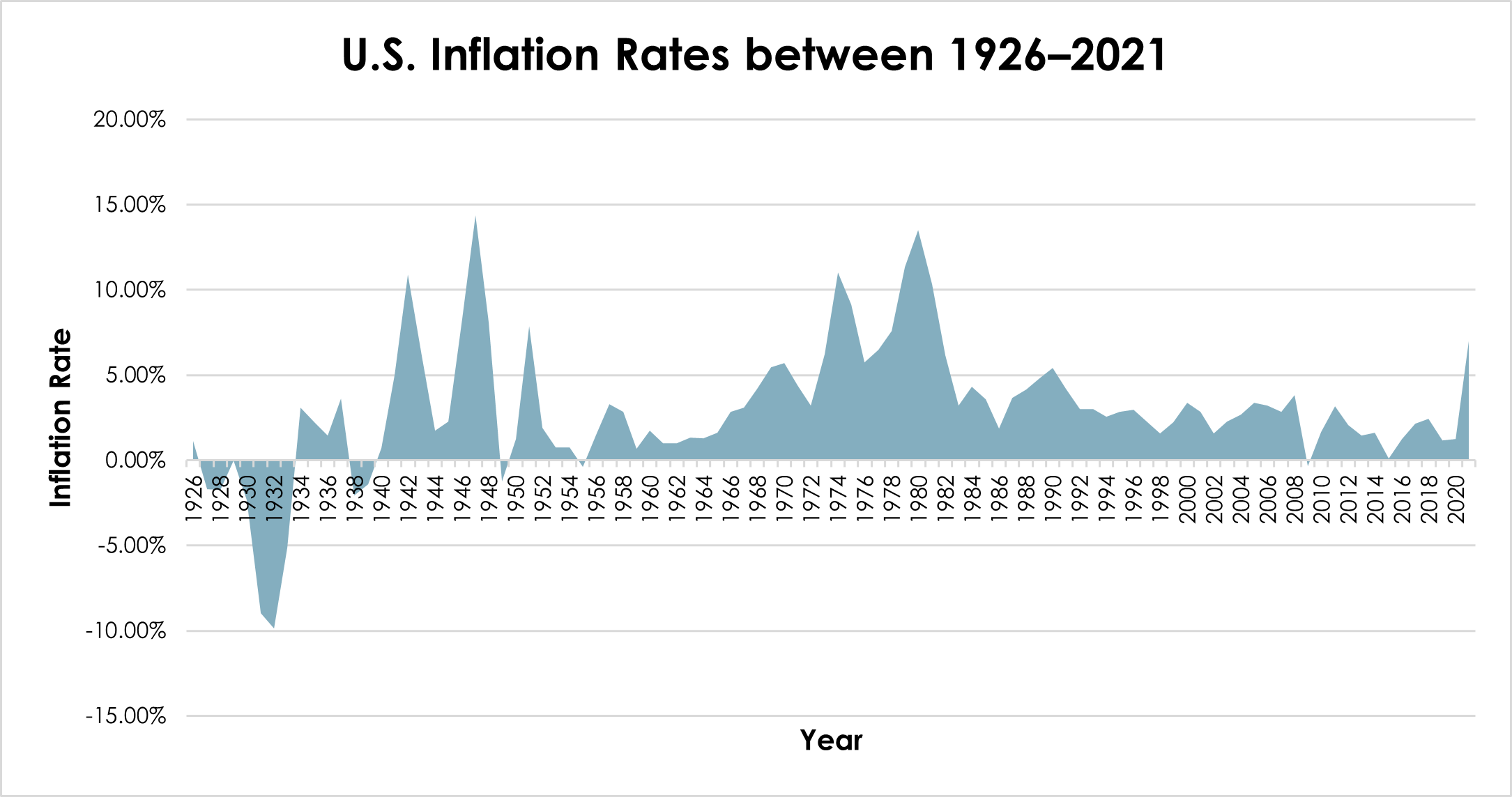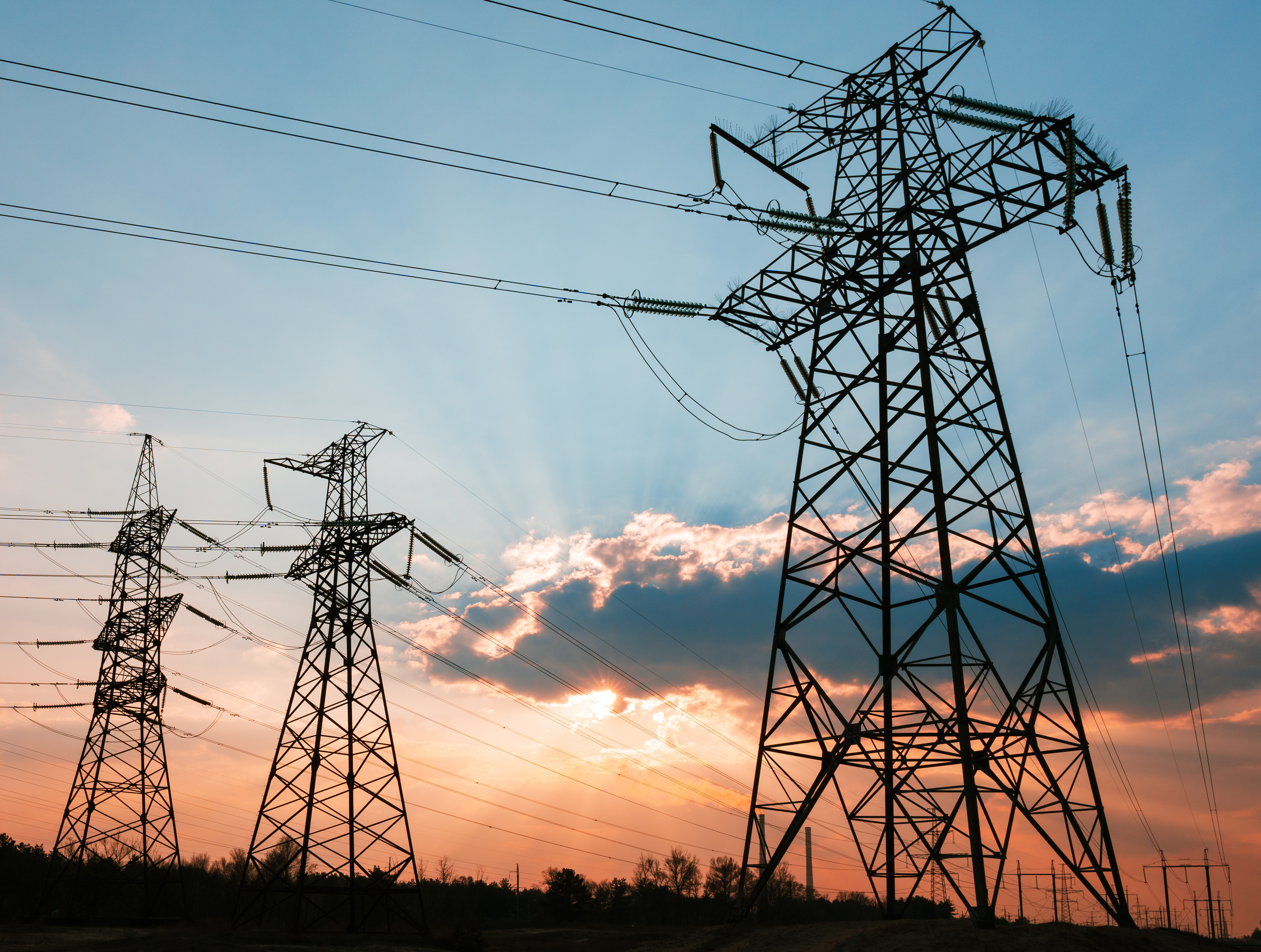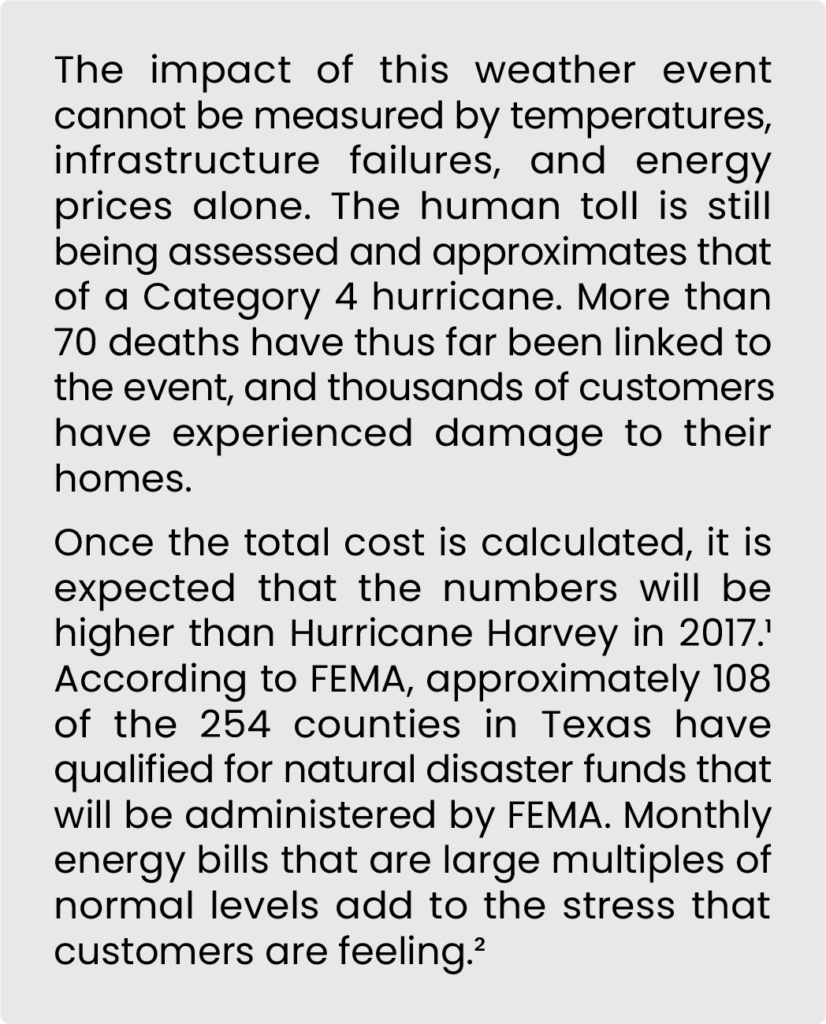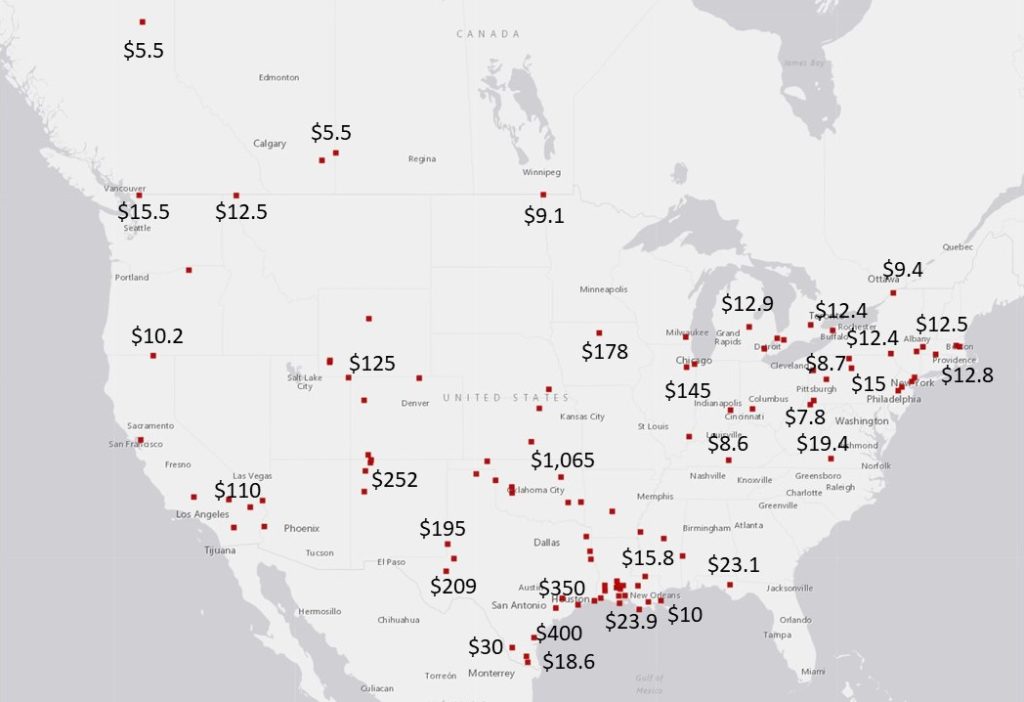Published: August 19, 2022
Prepared by Bill Davis, Assistant Vice President
Please contact Mr. Davis to learn about Concentric’s significant regulatory and future of energy experience, and how we will leverage that experience to assist you in navigating the impacts of this legislation. All views expressed by the contributors are solely the contributors’ current views and do not reflect the views of Concentric Energy Advisors, Inc., its affiliates, subsidiaries, or related companies. The contributors’ views are based upon information the contributors consider reliable at the time of publication. However, neither Concentric Energy Advisors, Inc., nor its affiliates, subsidiaries, and related companies warrant the information’s completeness or accuracy, and it should not be relied upon as such.
Despite the title of the Inflation Reduction Act (the “IRA”), the legislation aimed at the energy sector has direct overall goals of reducing greenhouse gas (“GHG”) emissions and promoting energy justice. While the landmark legislation is broad and extensive, this overview was prepared from an investor-owned electric utility (“IOU”) perspective, and also includes key points applicable to other energy industry participants.
Decarbonization Incentives for Electricity Supply
The IRA includes sweeping expansions and extensions of the investment and production tax credits and other new clean energy tax incentives. For example, modified solar and wind tax credits have been extended through 2024 and, in 2025, will be replaced with a similar but technology-agnostic tax credit structure. Further, to recognize the zero carbon benefits of nuclear power, a new production tax credit was added for existing nuclear power plants.
While there are many decarbonization incentives to highlight, the most notable include the availability of clean electricity tax credits that continue until greenhouse gas emissions drop by 75% from 2022 levels, the ability to transfer tax credits to unrelated entities, requiring the use of prevailing wages on projects to achieve pre-IRA tax credit levels, a return of the solar production tax credit, and tax credit bonuses for domestic material and certain qualifying geographic sites.
Points to Consider:
- Long-term generation plans and siting of renewable energy resources will need to be revisited, possibly changing near-term generation expansion plans.
- Maximizing tax credits will need additional support as decision-makers evaluate trade-offs between investment and production tax credits, and understand the new financial opportunities to monetize the tax credits.
- Due diligence will need to expand to cover prevailing wage and apprenticeship requirements to achieve the pre-IRA tax credit levels (a 5X multiplier) without undue risk.
- Sourcing domestic material for projects will be challenging as the tax credit bonuses drive competition for supply.
Decarbonization Incentives for Electricity Demand
Energy efficiency has long been considered a foundational element of carbon reduction strategy. The IRA extends and expands individual tax credits for energy efficiency upgrades while adding billions of dollars in funding to state energy agencies to drive a whole home energy efficiency program—which incentivizes energy savings above 20%. In addition, the energy efficiency deduction limits for businesses were increased, and to qualify, businesses’ savings must exceed 25%. The legislation also includes $1 billion to fund energy efficient building codes for homes and businesses.
There is good news for electrification efforts too. Notably, funding to state agencies to electrify homes by providing rebates that cover major electric appliances and home wiring upgrades. The $7,500 individual clean vehicle tax credit has been extended under new qualifying criteria, and there is a new $4,000 tax credit for purchasing pre-owned clean vehicles. Businesses can also now partake in clean vehicle tax credits of their own.
Points to Consider:
- New federal funding for tax credits to reduce electricity demand will need to be incorporated into load forecasts as participating homes and businesses achieve 20%+ energy savings.
- Energy efficiency program operators will need to reassess free-ridership expectations and program offerings as tax credits expand and state energy agencies look to bring programs to market.
- Electrification incentives are meaningful, but the domestic manufacturing qualifiers, retail sales price limiters, and income thresholds could temper the effects on the market.
Energy Justice Incentives and Grants
Whether the legislation directly labels a component as “income eligible,” “disadvantaged community,” or “energy justice,” the effect is the same; additional dollars are available for qualifying individuals and communities. For example, one of the bonuses for clean energy investment and production tax credits could add a 10-20% bonus if the project benefits a qualifying community. The billions in energy efficiency rebates delivered by state energy agencies are double for qualifying individuals, while the eligible project cost for electrifying homes is also double. Billions of grant dollars are available to bring zero emission technologies, financial assistance, and technical assistance to disadvantaged communities.
Points to Consider:
- Utilities are often relied upon to help address energy burden challenges for individuals and communities.
- Energy assistance, efficiency, and electrification program operators will need to review their offers to help supplement and complement new state energy agency rebates.
- Utilities will need to revisit Corporate Environmental, Social, and Governance strategies as new grants come to communities.
- Renewable energy siting bonuses and zero emission technology grants will drive the deployment of distributed energy resources onto new parts of the grid.
Domestic Manufacturing Incentives and Grants
Part of decarbonization success in the energy sector will rely upon the expansion of domestic manufacturing. Production and investment tax credit bonuses and clean vehicle tax credits are directly linked to the amount of domestic components or domestic manufacturing/assembly.
The IRA provides new comprehensive manufacturing production tax credits for all the major components of wind, solar, and storage facilities. The legislation further provides direct loans and grants for manufacturing low or zero emission vehicles.
Points to Consider:
- The domestic content bonuses and qualifications increase over time, driving urgency for procurement efforts and project oversight to achieve in-service deadlines.
- Global manufacturing pipelines will likely shift and react, in addition to possible strains on domestic infrastructure for deliveries.
- Local economic development initiatives will compete for new manufacturing facilities where access to infrastructure, skilled labor, and reliable and affordable electricity will drive geographic location choices.
Below is a consolidated list of specific incentives and provisions related to the discussions above. Click on the titles to expand the content.








